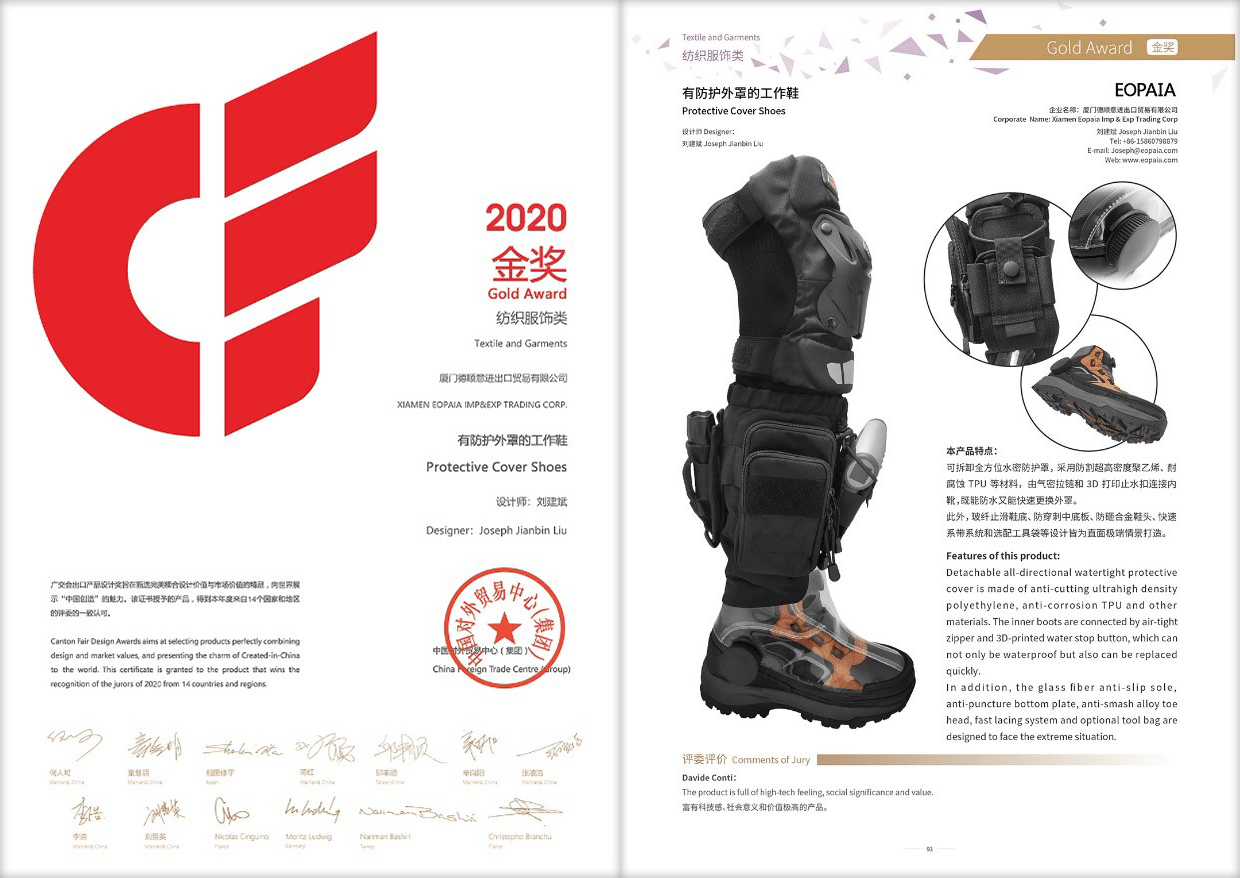Some Misconceptions About Protective Shoes

All safety shoes are the same: This is not true. Safety shoes come in different styles with different safety features and materials. For example, steel-toe shoes provide protection against falling objects, while electrical hazard shoes protect against electrical hazards.
Safety shoes are uncomfortable: This is a common misconception, but modern safety shoes are designed to be both comfortable and protective. Many safety shoes are made of lightweight materials and ergonomic designs to provide maximum comfort during extended periods of wear.
Protective shoes are only necessary in certain industries: Safety shoes are essential in any industry where there is a risk of foot injuries, including construction, manufacturing, and warehousing. However, even office workers may benefit from wearing safety shoes if they work in areas where there is a risk of foot injury.
Safety shoes last forever: Like any other type of footwear, safety shoes wear out over time and need to be replaced. It is important to inspect safety shoes regularly and replace them if they show signs of wear or damage.
Safety shoes are not stylish: While safety shoes may have been traditionally viewed as unattractive or bulky, there are now a wide variety of safety shoes that are both stylish and functional. Many safety shoes are designed to look like regular shoes, making them a more appealing option for workers who are required to wear them on a daily basis.
Think Protection for Longer Protective Shoes Life
Here are some tips to help extend the life of your protective shoes:
Choose the right shoes for the job: Make sure you choose safety shoes that are appropriate for the specific hazards in your workplace. Different types of shoes provide different levels of protection and durability.
Clean and maintain your shoes: Regularly clean your safety shoes to remove dirt and debris that can damage the materials. Follow the manufacturer’s instructions for cleaning and conditioning the shoes, and use a soft brush to remove any dirt or debris from the soles and other areas.
Protect the shoes from extreme temperatures: Exposure to extreme temperatures can cause the materials in safety shoes to break down and wear out faster. Avoid leaving your safety shoes in hot or cold environments for extended periods of time.
Store the shoes properly: When you’re not wearing your safety shoes, store them in a cool, dry place. Avoid leaving them in direct sunlight or near any sources of heat or moisture.
Replace worn-out shoes: Even with proper care and maintenance, safety shoes will eventually wear out and need to be replaced. Inspect your shoes regularly for signs of wear or damage, such as cracks or holes in the soles or uppers. When it’s time for a new pair, be sure to choose shoes that offer the same level of protection and durability as your previous pair.
